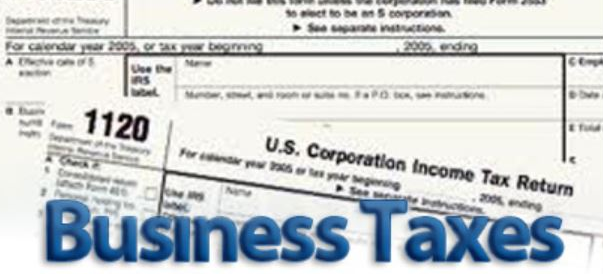Tax Credits to Check with Your Accountant

By Debbie Gregory.
Now is the time to take advantage of a few tax breaks that expire as the decade comes to an end. You will need to check with your financial advisor. Below are three use-it-or-lose-it opportunities for tax breaks that might make sense for you and your company.
- Paid Family and Medical Leave Tax Credit:
Employers with 50 or more employees are required by law (the Family and Medical Leave Act) to provide up to 12-weeks of time off for certain family matters. There is no law that says those weeks must be paid time off. If your company offers that time off paid, and that policy is in writing, you may be eligible for a federal tax credit so check with your accountant and determine if you are eligible to file. The amount of the credit, which is figured on IRS Form 8994, is a minimum of 12.5% of the paid leave amount up to a maximum of 25%.
- Tax Credit for Electric Powered Vehicle:
This credit applies to plug-in electric vehicles and is calculated on IRS Form 8936. If the vehicle is purchased for business use, the tax credit is then part of the general business credit. This credit was designed to encourage people to purchase and use electric powered, clean-fuel, vehicles. The credit amount can be a maximum of $7,500. Certain vehicle manufacturer restrictions apply.
- Work Opportunity Tax Credit:
This credit is a federal tax incentive to hire a person who falls within a targeted group (as defined by the tax law). This incentive only applies to people who fall within one of the 10 eligible groups (listed below with a link to the IRS site about it) and who begins work before January 1, 2020. The credit can range from $2,400 to $9,600 per hire. The Work Opportunity Tax Credit is usually renewed each year.
The targeted groups are as follows:
- Summer youth employees
- Recipient of SNAP benefits (food stamps)
- SSI recipient
- Member of a family receiving Temporary Assistance for Needy Families (TANF)
- Qualified Veteran (there are 5 subcategories)
- Qualified ex-felon
- Designed community resident
- Vocational rehabilitation referral
- Long-term family assistance recipient
- Long-term unemployed
In order to take advantage of this tax credit you will need to prove the employee falls within a targeted group and submit IRS Form 8850 to the state workforce agency within 28 days of the first day of that person’s employment with you. The basic credit for this is 40% of first year wages up to $6,000 (for a top credit of $2,400), as long as the employee works at least 400 hours. However, the credit for a veteran with a service-connected disability, who is employed for at least 6 months, is 40% of their wages up to $24,000 (for a top credit of $9,600). Not only is it the right thing to hire Veterans who make outstanding employees, but it makes financial sense.
If any of these three tax incentives are applicable for your business, jump on them now and discuss with your financial professional.











